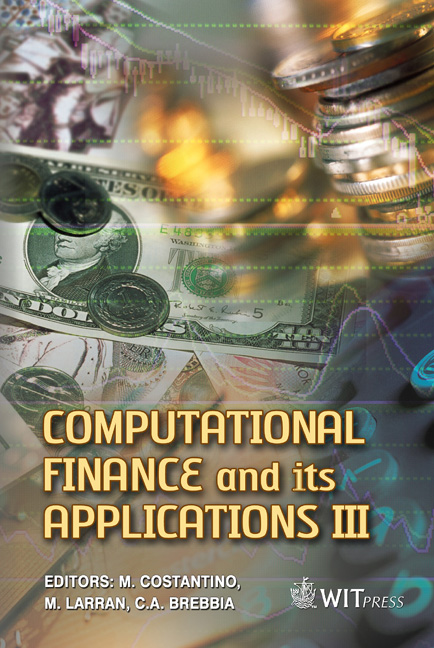Modeling Spark Spread Option And Power Plant Evaluation
Price
Free (open access)
Volume
41
Pages
6
Page Range
169 - 174
Published
2008
Size
252 kb
Paper DOI
10.2495/CF080161
Copyright
WIT Press
Author(s)
Z. Li
Abstract
Spark spread is an important feature in the electricity industry. The spark spread option pricing framework is presented in this paper. We start from a one-factor model and then provide a two-factor model. Closed form solution is derived. Numerical examples of spark spread option and power plant evaluation are studied. Because of the complexity of real-life constraints, we also use Monte-Carlo simulation in a more complicated example. Keywords: spark spread, power plant evaluation, stochastic processes, hedging, real option. 1 Introduction With the deregulation and liberalization of power markets in the last decade, electric markets have seen rapid changes. The power forward market is getting more and more liquid. The old cost-recovery pricing structure for electricity must adapt to market based pricing. A generator’s choice can be summarized by the choice of transforming fuel into power or not. In another word, without real-life constraints, a plant can thus be thought of as a series of call options to exercise this gross profit margin, often referred to as spark spread: the difference between the prices at which power can be sold, minus the fuel costs for generating the power. The magnitude of the spark spread depends on the market prices for power and fuel as well as the heat rate, or the conversion efficiency factor of the plant: • When the plant heat rate is lower than the market heat rate, then the unit should operate. The unit owner should buy fuel, produce power and sell to customers to take profit. The bigger the differences, the bigger the profit margin;
Keywords
spark spread, power plant evaluation, stochastic processes, hedging, real option.





